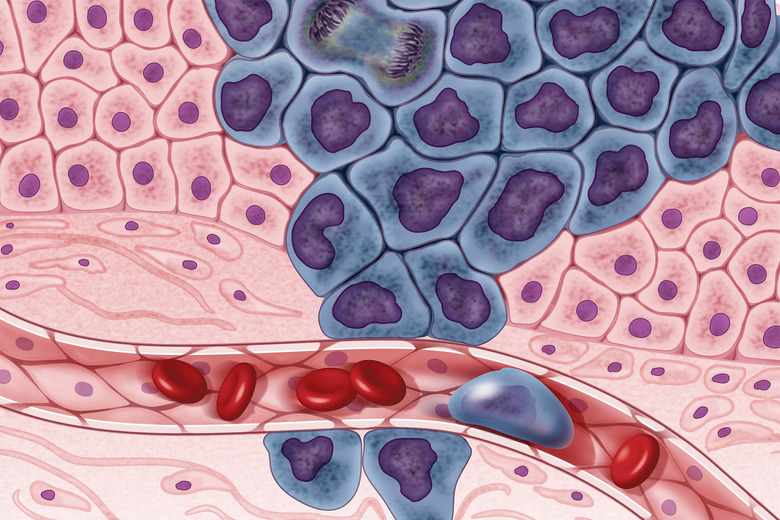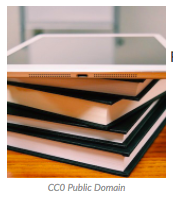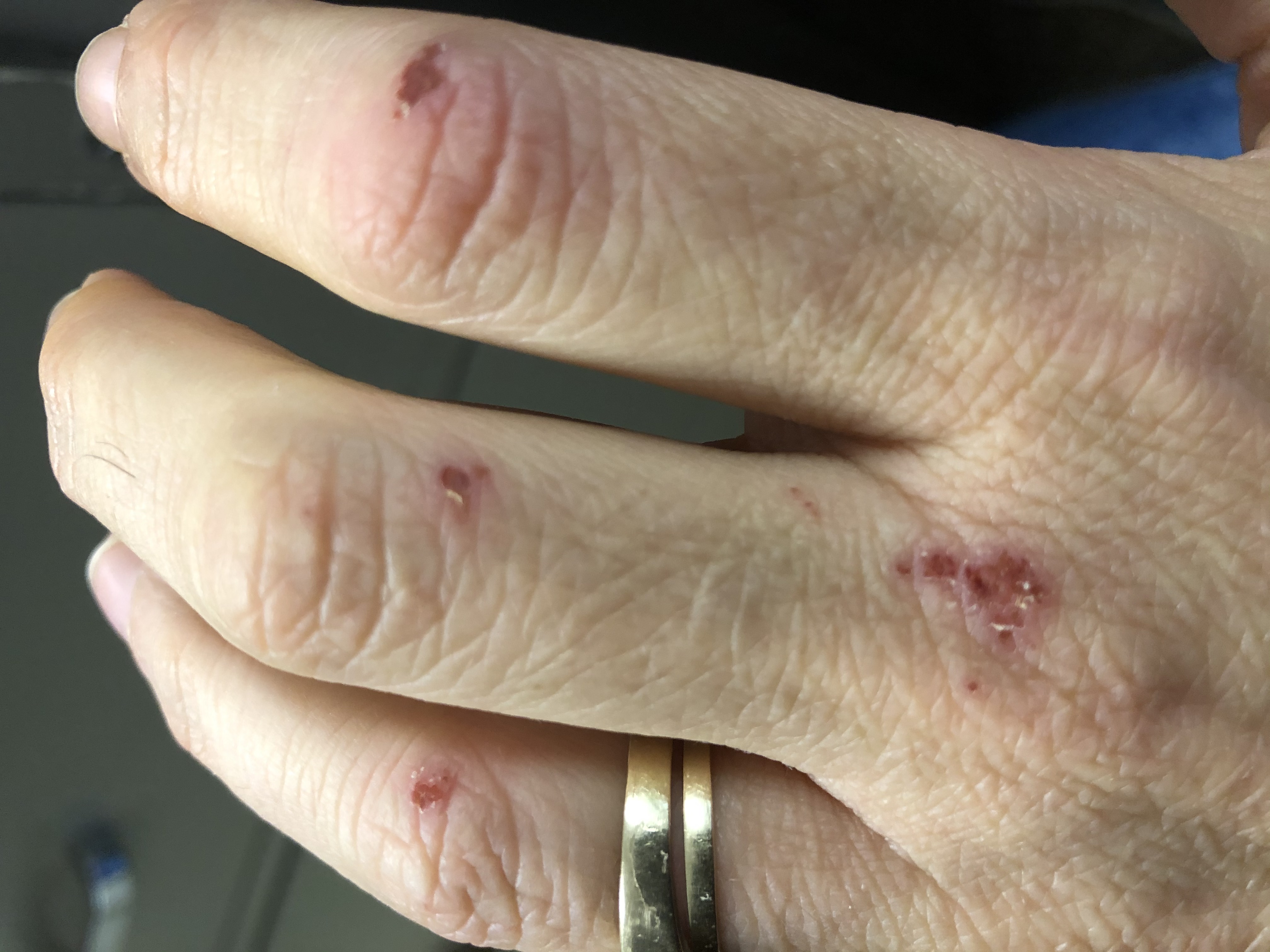- Author:
- Elizabeth Cousar
- Subject:
- Life Science, Biology
- Material Type:
- Lesson
- Level:
- High School
- Grade:
- 9
- Tags:
- License:
- Creative Commons Attribution Non-Commercial
- Language:
- English
- Media Formats:
- Downloadable docs, Interactive, Text/HTML, Video
Common Course Cartridge
The Cell Cycle, Mitosis...and Cancer?

Overview
The human body is composed of trillions of cells. Each cell has a life cycle, in the same way that all living things do. In this seminar you will explore and reflect on how eukaryotic cells (that is, cells with a nucleus) reproduce and make copies of themselves.
Sometimes there can be mistakes in the copying process, which can lead to cancer. Part of this lesson will show how cancers can happen.
Additionally, you will be challenged to create a model of the process to demonstrate your learning of this topic.
Engage
Introductory warm-up activity.
Question and image: Muskopf, S. (n.d.). Introduction to Biology, Unit 2: Cellular Processes (Google Slideshow) shared under a CC-BY-NC-SA 4.0 license at https://www.biologycorner.com/introbio/index.html
If in class, students can think-pair-share for this activity. If asynchronous online, students can jot down some thoughts. This is mostly intended as "activating prior knowledge".
Title image: Cancer Cells Illustration uploaded by NIH Image Gallery is in the public domain.
What is this image? What do you know about it already?
Explore
These are the "information dump" parts of this lesson.
Photos are in the public domain (attributed under each photo).
"Watch" materials:
Mitosis video: Peterson, S. & Rapini, B. (14 April 2016). Mitosis: The amazing cell process that uses division to multiply [video]. YouTube.https://www.youtube.com/watch?v=f-ldPgEfAHI&list=PLwL0Myd7Dk1F0iQPGrjehze3eDpco1eVz&index=36
Notes: Peterson, S. & Rapini, B. (14 April 2016). Mitosis: The amazing cell process that uses division to multiply video recap [pdf]. www.amoebasisters.com%2Fuploads%2F2%2F1%2F9%2F0%2F21902384%2Fvideo_recap_of_mitosis_v._2_by_amoeba_sisters.pdf&clen=2968390&chunk=true
These can be used as links for classroom purposes, as long as they are attributed and no answer keys are distributed online. They cannot be imported to an LMS. These rights are allowed on the Amoeba Sisters website at: https://www.amoebasisters.com/termsofuse.html
"Read" materials
Slideshow adapted from the slideshow found at BiologyCorner.com. Original slideshow: https://www.biologycorner.com/introbio/index.html
Accompanying notes adapted from the notes found at BiologyCorner.com. Original notes: https://docs.google.com/document/d/1k59ajBnW1tI7uDHfVf5CVxIrNUn_OXB1K23V5LCzrUk/edit
Biologycorner by Shannan Muskopf is licensed under a Creative Commons Attribution-NonCommercial-ShareAlike 4.0 International License.
"Do" materials
The Biology Project is an interactive online resource for learning biology, developed at The University of Arizona. The activity is used by permission contained on their website: http://www.biology.arizona.edu/the_biology_project/linking.html
Warren, D. K. (1996). Online Onion Root Tips. The Biology Project [Online]. http://www.biology.arizona.edu/cell_bio/activities/cell_cycle/cell_cycle.html
Watch (Getting Started) | Read (Deeper Detail) | Do (Practice Skills) |
|
|
|
To begin, we will learn about the cell cycle and mitosis. Watch this video: "Mitosis". While you watch, complete this "Video Recap" | There is much more information about the cell cycle and how cancers can form in this slideshow. While you read, complete these guided notes You will need to "Make a Copy" in the File menu to fill in the notes. | Mitosis follows a series of steps that help the cell divide. Try the following ONLINE LAB, called "Online Onion Root Tip Activity", developed by The Biology Project, developed at The University of Arizona. |
Explain
For future remixers: this photo by Cousar, E. (14 October 2020). "MrsCousarLeftHand" is shared under a CC-BY 4.0 license.
Directions:
What does this photo of a hand, damaged by scraping against a textured wall, have to do with the cell cycle?
Share your thoughts with another Science 9 student.
Evaluate--Formative Self-Check
Image:Practice by Nick Youngson CC BY-SA 3.0 Pix4free.org
Quiz created by Dave Warrick (no date). Used in accordance with Quia's public use policy, found here: https://www.quia.com/faq.html#aq9

Try this QUIZ to see if you are clearly understanding the cell cycle.
If you find there are gaps in your knowledge, you can review the activities in the "EXPLORE" section, ask questions, or do some Internet research.
Practice by Nick Youngson CC BY-SA 3.0 Pix4free.org
Express--Summative Assessment
The task is somewhat modified from the original, as the "cancer" piece has been added to the lesson.
The rubric conforms to the outcome-based performance scale used at my school. The catch phrase "Go Deep, Steve!" relates to a classroom discussion about deeper learning.
Directions:
The cell cycle is a process starting with one eukaryotic cell (a cell with a nucleus) and ending with two identical copies of that cell (if there are no problems).
The goal of this mini-project is to create a short presentation that walks the user through the steps in the cell cycle. Each step should be described and illustrated in detail. Be sure to include the following:
- All three stages of the cell cycle (interphase, mitosis, cytokinesis), and any important sub-stages or phases.
- DNA copying (including any important steps in the copying of DNA)
- Most cells never turn into cancer cells, but some do. Where does this happen? Why?
You could do this as a Google Slideshow, as a video of you explaining some simple drawings you make, as a stop-motion movie, or some other method that shows you understand the cell cycle, the phases of mitosis, and how cancer can develop.
Remember that if you use images, text, ideas, or music that you did not create yourself, you must cite your sources.
Your work will be evaluated on this rubric.You can use the rubric to see if you have met the "capable" level of understanding. Remember that to do better than that, you need to Go Deep, Steve!
Don't forget to hand the project in to Google Classroom by the due date!
Extend
Students reflect on their learning and are encouraged to extend it.
After completing this lesson, reflect on what you have learned.
What questions do you still have about the cell cycle and cancer? How can you find out more?
Please share your questions and what you were able to learn with your teacher and the class!



